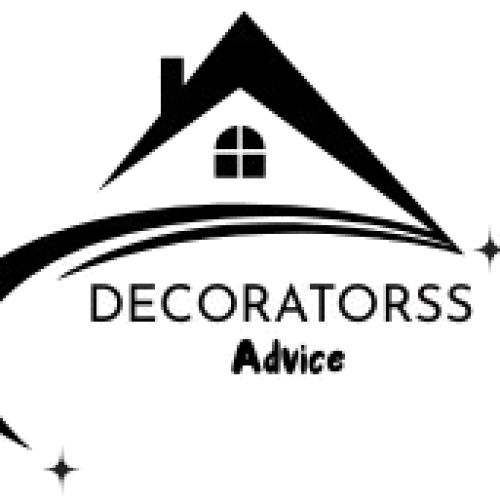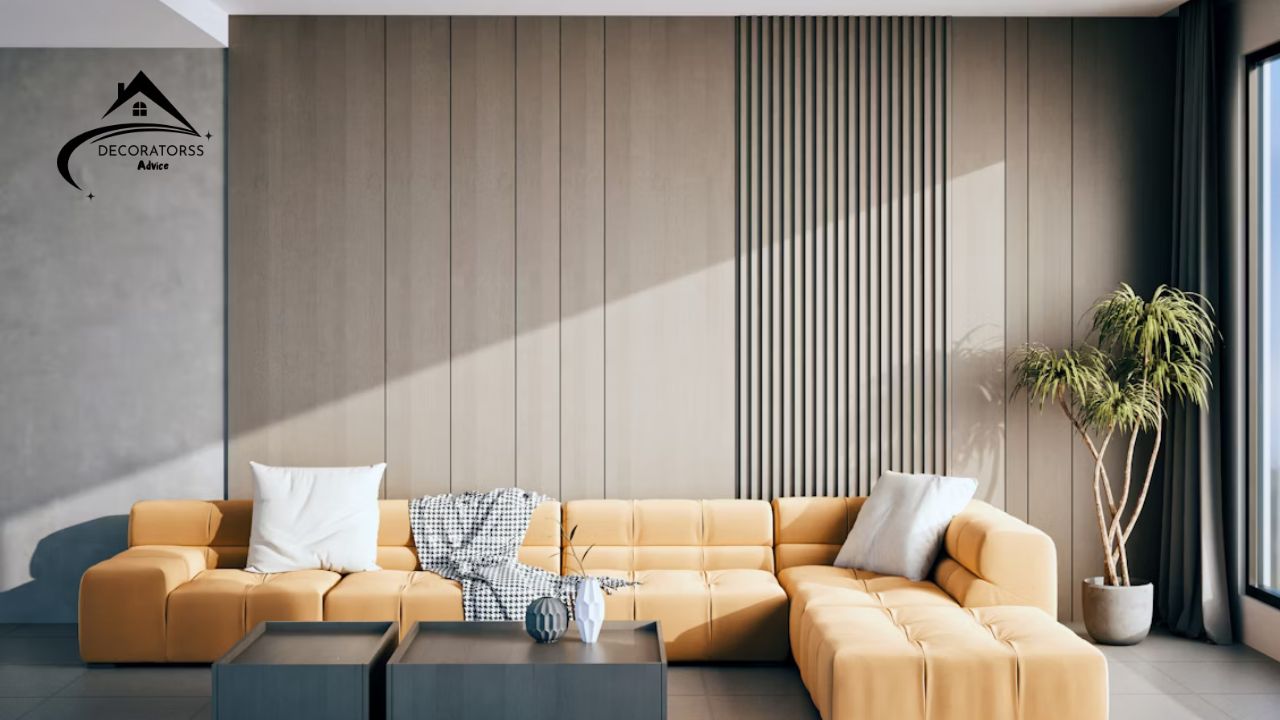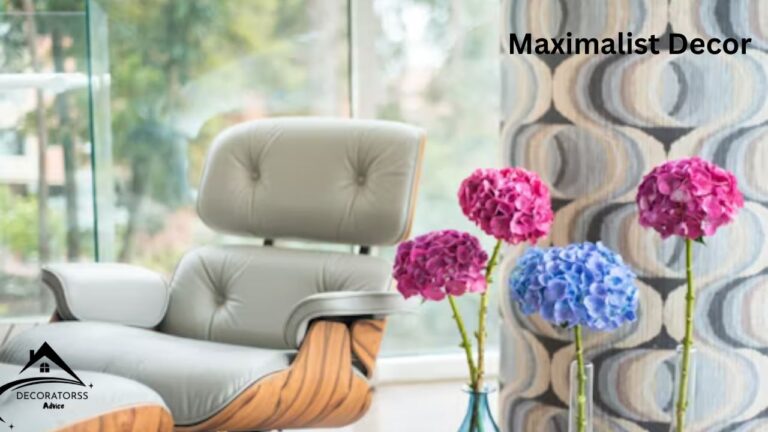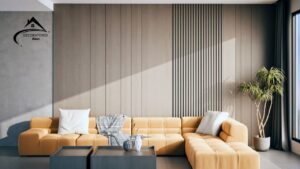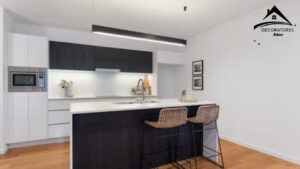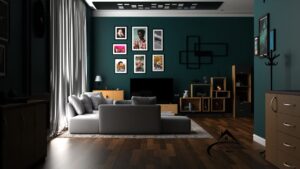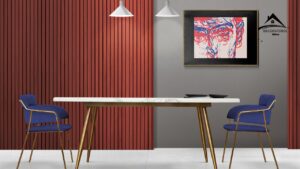Have you ever walked into a home and instantly felt calm, like everything just “clicked” together? That’s the power of how to design seamless interiors. It’s not about throwing expensive furniture into a room or painting walls with trendy colors. It’s about creating flow, comfort, and harmony so that every space feels connected, balanced, and inviting.
Think of it like a puzzle: each piece—the walls, floors, lighting, furniture, and even the tiniest décor—fits perfectly into place. When done right, how to design seamless interiors makes your home feel open, airy, and thoughtfully put together, without any jarring interruptions or awkward transitions.
In this section, we’ll explore what seamless design really means, why it matters, and how you can start applying it in your own home.
What Does “Seamless Interiors” Really Mean?
When people search for how to design seamless interiors, they’re often looking for ways to make their home feel consistent and effortless. Seamless interiors are all about:
- Flow: Spaces connect naturally without abrupt changes.
- Balance: Every piece of furniture, every color, every texture feels like it belongs.
- Comfort: It’s not just about looks—it’s about how a space makes you feel.
- Timelessness: Instead of chasing short-lived trends, seamless interiors focus on design choices that stay relevant and beautiful over time.
Imagine walking from your living room to your kitchen. If the flooring, colors, and style suddenly clash, it feels disjointed. But when everything blends smoothly, you barely notice the transition. That’s the art of how to design seamless interiors.
Why Seamless Interiors Matter More Than You Think
Designing a home isn’t just about looking stylish—it’s about how it affects your emotions and everyday life. Here’s why how to design seamless interiors matters:
- Reduces Stress – A home that flows well makes you feel calm. There are no harsh contrasts or overwhelming clutter to tire your brain.
- Maximizes Space – Even a small apartment can feel bigger when designed seamlessly. Consistency tricks the eye into seeing openness.
- Creates Comfort – A seamless space feels natural to live in, making daily routines easier and more enjoyable.
- Adds Value – If you ever decide to sell your home, buyers are naturally drawn to well-designed, cohesive spaces.
- Boosts Happiness – Let’s be honest—coming home to a beautifully connected space just feels good.
So, when you think about how to design seamless interiors, remember it’s not only about beauty—it’s about creating a place that supports your mental and emotional well-being.
The Foundation of Seamless Design
To understand how to design seamless interiors, let’s break it down into its building blocks.
1. Consistent Color Palette
One of the easiest tricks for seamless design is sticking with a unified color palette. Choose 3–5 main shades that work together and use them throughout your home.
For example:
- Walls: Soft beige or crisp white
- Accents: Warm wood tones
- Highlight color: A muted blue or sage green
This creates visual flow. When each room shares the same tones, your eye naturally glides through the space.
2. Natural Light and Lighting Design
Light is a powerful tool in how to design seamless interiors. Natural sunlight makes spaces feel bigger and brighter, while layered artificial lighting (like recessed lights, floor lamps, and wall sconces) ensures every corner feels welcoming.
3. Open Layouts
If possible, open floor plans help create a feeling of unity. But even if your home has separate rooms, you can still design them to feel connected through matching floors, similar wall colors, or repeating décor elements.
4. Minimal Clutter
Seamless doesn’t mean boring—it means clean. Too much clutter breaks the flow. Thoughtful storage solutions, like hidden cabinets or built-in shelving, keep the eye focused on design instead of chaos.
5. Textures That Connect
Mixing textures (wood, glass, fabric, stone) is fine, but they should complement each other. For instance, pairing natural wood with soft linen and smooth stone creates harmony without visual noise.
Common Mistakes to Avoid in Seamless Design
When learning how to design seamless interiors, it’s just as important to know what not to do. Here are some pitfalls:
- Too Many Colors – Using a rainbow palette can make your home look messy. Stick to a few complementary tones.
- Ignoring Scale – Oversized furniture in a small space (or vice versa) disrupts flow.
- Mixing Too Many Styles – Seamless interiors work best when you choose a style family (modern, minimal, cozy rustic) and stick to it.
- Neglecting Transitions – Floor changes, wall breaks, and doorways should feel intentional, not abrupt.
Avoiding these mistakes is a big part of mastering how to design seamless interiors.
How Seamless Interiors Make Life Easier
Here’s where things get exciting: seamless design doesn’t just look good—it makes daily life smoother.
- Cooking in the kitchen feels better when the lighting, layout, and storage are thoughtfully placed.
- Relaxing in the living room feels natural when colors and textures soothe your senses.
- Even chores like cleaning become easier because clutter is minimized and design choices are practical.
This is the hidden benefit of how to design seamless interiors—it simplifies your lifestyle.
The Emotional Side of Seamless Design
We often forget that design isn’t just about visuals; it’s about emotions. Think of a cozy reading nook with soft light and a warm blanket. Or a bathroom where the tiles, mirror, and fixtures feel like they were made for each other.
That’s the emotional power of how to design seamless interiors. It makes your home a sanctuary where you feel safe, happy, and at peace.
A Quick Visual Guide (Table)
Here’s a simple breakdown of design choices that support seamless interiors:
| Element | Do This | Avoid This |
|---|---|---|
| Colors | Stick to 3–5 tones | Using too many bold, unrelated shades |
| Lighting | Mix natural + layered lighting | Relying only on overhead lights |
| Layout | Open or flowing transitions | Boxy, closed-off rooms |
| Furniture | Scaled to room size | Oversized or undersized pieces |
| Décor | Simple, repeating accents | Random mismatched clutter |
This cheat sheet makes it easy to keep how to design seamless interiors in mind while decorating.
Final Thoughts
At its heart, how to design seamless interiors is about balance, flow, and comfort. It’s not about following rigid rules—it’s about making choices that feel natural and cohesive. By focusing on consistent colors, thoughtful lighting, and smart layouts, you can turn any house into a calm, inviting space that feels like home.
Most importantly, seamless design is not about perfection. It’s about creating harmony in a way that supports your everyday life. Whether you’re decorating a small apartment or a spacious house, you can make it flow beautifully—and that’s the real magic of how to design seamless interiors.
Types & Core Elements of Seamless Interiors
Now that we’ve unpacked the basics, let’s dive deeper into how to design seamless interiors by exploring the main types and elements that make this style work. Think of this section as your personal guidebook—the map that shows you exactly where to begin and what to focus on.
The Different “Types” of Seamless Interiors
Even though seamless design follows the same principles—flow, balance, comfort—there are different ways to achieve it. Let’s look at some of the most popular styles where how to design seamless interiors really shines.
1. Minimalist Seamless Design
- Focuses on clean lines, neutral colors, and clutter-free spaces.
- Uses multi-purpose furniture and hidden storage.
- Relies heavily on natural light and open layouts.
Minimalist homes show us how to design seamless interiors by proving that “less really is more.” Every piece serves a purpose, and nothing feels out of place.
2. Modern Seamless Design
- Sleek materials like glass, metal, and polished wood.
- Open floor plans with bold but simple accents.
- Neutral base colors with occasional pops of strong hues.
If you want to know how to design seamless interiors in a modern style, remember: smooth surfaces, simple shapes, and a cohesive palette do the heavy lifting.
3. Scandinavian Seamless Design
- Soft neutral shades (white, beige, gray) with touches of natural wood.
- Cozy elements like throws, cushions, and warm lighting.
- Emphasis on functionality with a touch of “hygge” (coziness).
This is a warm, welcoming take on how to design seamless interiors, where function meets comfort and nothing feels too staged.
4. Transitional Seamless Design
- A blend of classic and modern styles.
- Neutral colors with elegant accents.
- Balanced furniture that combines curves with clean lines.
Perfect if you love timeless charm but still want a modern flow. It’s a softer approach to how to design seamless interiors, creating spaces that feel both fresh and familiar.
5. Industrial Seamless Design
- Raw elements like exposed brick, concrete, and steel.
- Large, open layouts with minimal partitions.
- Earthy, moody tones paired with natural textures.
Even rugged spaces can teach us how to design seamless interiors—the key is repeating materials and keeping everything connected through color and texture.
Core Elements That Make Seamless Interiors Work
While styles may differ, the core elements of how to design seamless interiors remain the same. Let’s break them down:
1. Color Harmony
Colors set the mood. To achieve seamless design:
- Stick to a base palette: 3–5 main colors.
- Use neutral shades for walls and floors.
- Add accent tones (like muted blue or olive green) sparingly.
When you keep your palette consistent, every room naturally flows into the next. This is one of the strongest tricks in how to design seamless interiors.
2. Flooring Continuity
Flooring is the foundation of any space. Switching from tile to wood to carpet in every room breaks flow. To follow how to design seamless interiors, try:
- Using the same flooring across multiple spaces.
- If you must change materials (like wood to tile in bathrooms), choose colors and tones that blend.
A continuous floor instantly ties your rooms together.
3. Lighting Layers
Good lighting can make or break seamless design. The secret to how to design seamless interiors with lighting is:
- Natural Light: Use big windows, skylights, or glass doors.
- Ambient Light: General overhead illumination.
- Task Lighting: Lamps or under-cabinet lights for function.
- Accent Lighting: Spotlights for art or architectural features.
When all these work together, your rooms feel connected and cozy.
4. Furniture Flow
Furniture isn’t just for sitting—it’s part of the design story. To master how to design seamless interiors:
- Keep furniture scale proportional to the room.
- Use similar materials and finishes across spaces.
- Avoid overcrowding—leave space to breathe.
For example, if your living room sofa has wooden legs, consider echoing that wood in your dining chairs.
5. Décor That Repeats
Small details have a big impact. To apply how to design seamless interiors, repeat patterns, textures, or materials across different rooms.
Examples:
- Brass handles in the kitchen → brass lamps in the living room.
- Linen curtains in the bedroom → linen cushions in the lounge.
- A round mirror in the hallway → round side tables in the bedroom.
This repetition builds invisible bridges between spaces.
6. Smart Transitions
Transitions (like doorways, hallways, or stairs) are often overlooked, but they’re essential in how to design seamless interiors.
- Use similar wall colors to keep continuity.
- Carry flooring through, or choose a subtle shift.
- Add consistent lighting fixtures to connect spaces.
Even something as simple as repeating the same trim or baseboard design ties everything together.
How to Apply These Elements Step by Step
Here’s a simple step-by-step approach to start practicing how to design seamless interiors in your own home:
- Pick a Color Story – Choose your main palette.
- Unify Flooring – Decide on a base material or color.
- Plan Lighting – Layer natural and artificial sources.
- Match Furniture Style – Select pieces that share design DNA.
- Add Repeating Décor – Sprinkle similar textures and accents.
- Simplify Transitions – Keep hallways and doorways clean and consistent.
If you stick to these steps, your home will start to feel effortlessly connected.
Common Myths About Seamless Design
When researching how to design seamless interiors, you’ll come across some misconceptions. Let’s clear them up:
- Myth 1: Seamless means boring.
Nope. Seamless design isn’t about removing personality—it’s about creating flow. You can still add character with textures, art, and personal touches. - Myth 2: You need an open floor plan.
While open layouts help, even traditional homes can achieve seamless interiors with consistent colors, finishes, and décor. - Myth 3: It’s expensive.
Not true. The magic of how to design seamless interiors often comes from simplifying—using fewer colors, less furniture, and smarter storage.
Emotional Benefits of Seamless Design
Beyond beauty, seamless interiors affect how you feel:
- They make your mornings calmer.
- They reduce decision fatigue (you’re not constantly distracted by clutter or mismatched styles).
- They make hosting guests easier—people instantly feel comfortable.
This emotional connection is a huge part of why people want to know how to design seamless interiors.
Quick Comparison: Seamless vs. Non-Seamless
| Feature | Seamless Interiors | Non-Seamless Interiors |
|---|---|---|
| Colors | Consistent palette | Random, mismatched shades |
| Flooring | Continuous or blending | Different in every room |
| Lighting | Layered, thoughtful | Single overhead light |
| Furniture | Proportional, matching | Oversized or mismatched |
| Décor | Repeated accents | Cluttered, unrelated pieces |
This table makes it super easy to see why how to design seamless interiors feels so much better in practice.
Final Thoughts
At its core, how to design seamless interiors isn’t a mystery. It’s about choosing a style, sticking with it, and making smart decisions about colors, furniture, lighting, and transitions. Whether you prefer minimalist, modern, or cozy Scandinavian vibes, the rules stay the same: keep things connected, balanced, and simple.
By focusing on these types and core elements, you’ll be well on your way to transforming your home into a sanctuary of calm and beauty.
